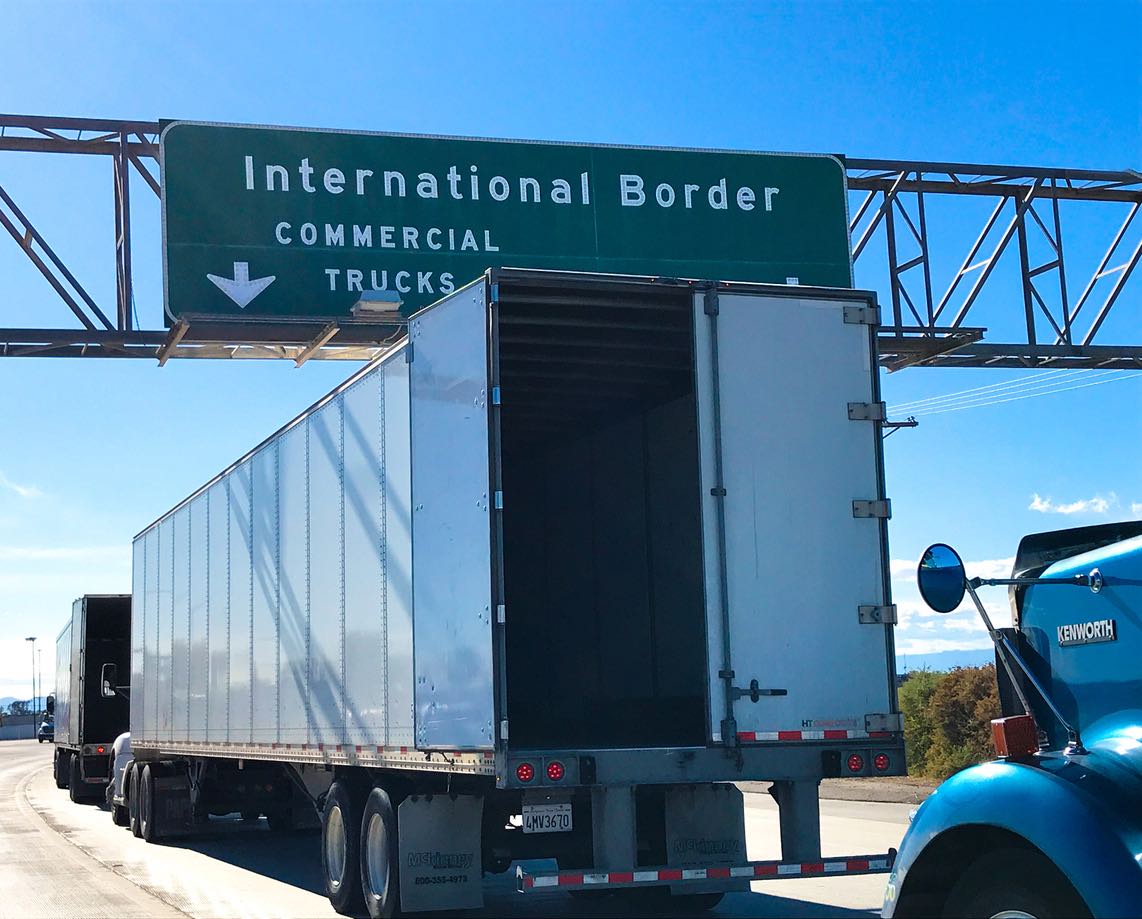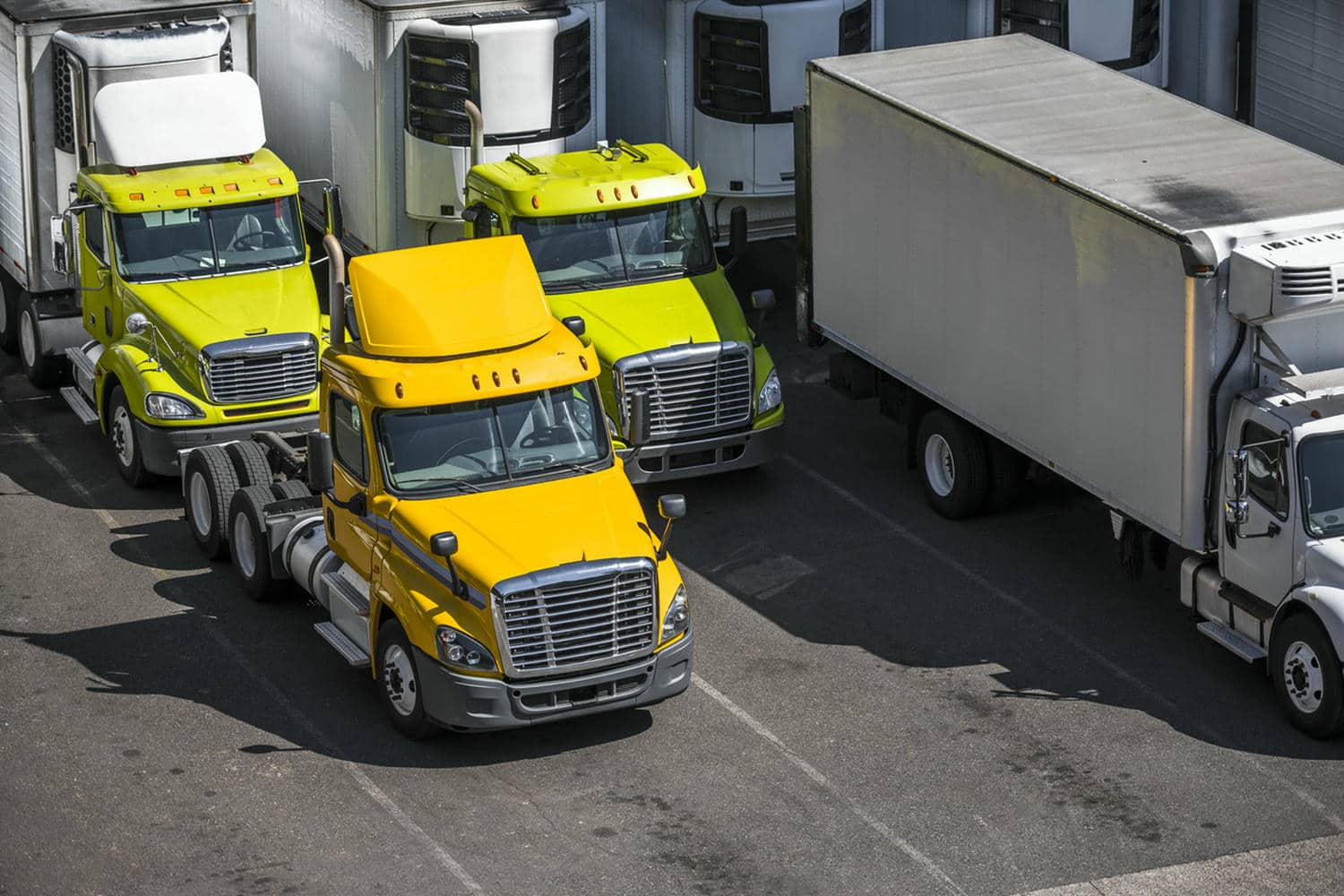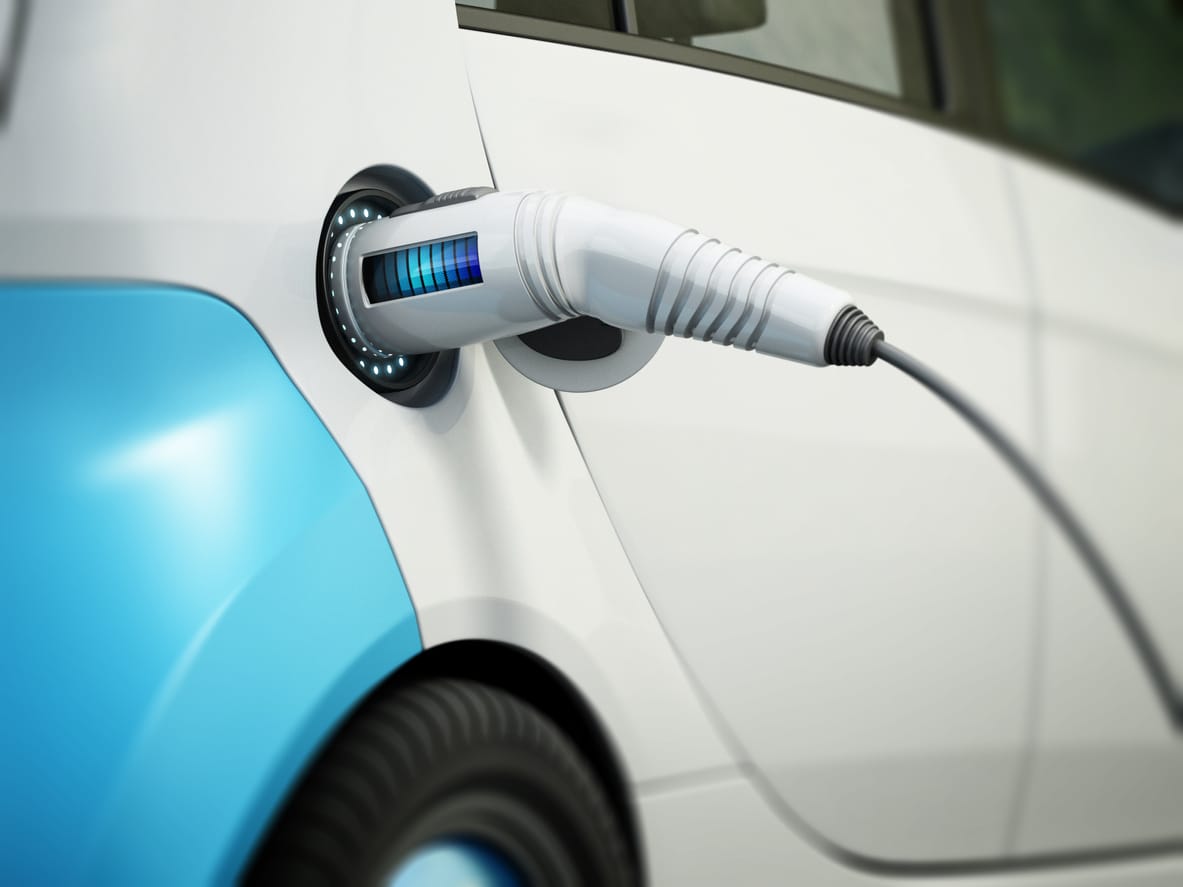The White House has just presented a comprehensive national plan with the objective of changing the freight routes in the United States into zero-emission zones. This is an ambitious step toward achieving sustainable logistics and transportation for the United States. By considerably increasing the infrastructure for hydrogen fuelling and charging electric vehicles (EVs) across the country by the year 2040, this ground-breaking effort has the potential to completely transform the manner in which medium- and heavy-duty truck operations are carried out with more efficiency. Throughout the course of this article, we will go into the core of this strategy, its ramifications for the industry of freight and car shipping, and how Ship A Car, Inc. aligns with these forward-thinking aspirations.

Under the framework of the recently passed Bipartisan Infrastructure Law, the Joint Office of Transportation and Energy has created a document that is 318 pages long and serves as a strategic roadmap for both public and private companies. The purpose of this plan is to assist President Biden’s ambitious goal of reaching net-zero emissions by the year 2050. This plan specifies the deployment of electric vehicle charging stations as well as hydrogen fuelling stations along the National Highway Freight Infrastructure.
In order to outline the steady growth of the infrastructure over the course of three to five-year increments, the plan is grouped into a four-phase approach. This highlights the need of locating and linking interstates, intermodal hubs, ports, and truck parking places wherever it is predicted that there would be the most demand for charging and fuelling stations. For the purpose of assessing the ever-changing requirements for power and hydrogen, it is essential for many stakeholders, including those involved in the trucking business, providers of zero-emission fuel, grid operators, and others, to work together.

The plan acknowledges the crucial necessity for engagement from the private sector, while at the same time highlighting the pivotal role that public investment plays in putting down the required infrastructure. When it comes to the freight industry, the Joint Office of Transportation and Energy is eager to overcome the financial and operational obstacles that stand in the way of the broad deployment of zero-emission vehicles (ZEVs). It is suggested that future updates of the plan should investigate the ways in which long-term funding sources might supplement private investments in the construction of a national zero-emission freight (ZEF) network.
In the strategy document, the specific problems that the electrification of the commercial vehicle sector presents are highlighted. These issues are particularly significant in terms of the development of infrastructure and the costs of operations. Nevertheless, it also highlights the significant opportunities that are associated with the shift to zero-emission vehicles (ZEVs). When it comes to encouraging fleets to adopt and run zero-emission trucks, one of the most important factors that is underlined is the need of making charging and hydrogen refueling infrastructure accessible and cost-effective.

More than just a lofty goal, the establishment of national zero-emission freight routes is a visionary roadmap for the future of logistics and transportation in the United States. This program, which combines the efforts of the public and private sectors to open the door to a cleaner, greener future, is evidence of the strength of creativity and teamwork. The plan not only addresses the immediate needs of the freight industry but also aligns with broader environmental goals by laying the foundation for a vast network of hydrogen fueling and electric vehicle (EV) charging stations. This sets the stage for a significant reduction in carbon emissions and a move towards sustainable economic growth.
Ship A Car, Inc., which embodies sustainability and accountability, emerges as a pioneer in environmentally friendly freight and automobile shipping at the center of this life-changing journey. Ensuring that every cargo helps to a healthy world is our objective, and it goes hand in hand with our commitment to supporting the shift to zero-emission motor vehicles. SAC is more than simply a logistics company—we’re an advocate in the country’s endeavor to embrace renewable energy and lessen environmental impact—because of our unwavering commitment to quality and sustainability, which is demonstrated by our excellent customer evaluations and the confidence our clients have in us. Ship A Car, Inc. is dedicated to leading this transformation going forward by providing dependable and environmentally friendly shipping options that satisfy the needs of a new era in freight transportation.
Q: What is the main goal of the zero-emission freight corridor plan?
A: The objective of the plan is to provide direction for the construction of infrastructure for hydrogen fuelling and electric vehicle charging for medium- and heavy-duty trucks across the National Highway Freight Network. This will help support the goal of reaching net-zero emissions by the year 2050.
Q: How does the plan propose to address the challenges of electrification in the freight industry?
A: It proposes a phased approach to the development of infrastructure, places an emphasis on investment from both the federal government and private investors, and aims to make charging and hydrogen refueling infrastructure more convenient and cost-effective.
Q: How does Ship A Car, Inc. align with the goals of the zero-emission freight corridor strategy?
A: Ship A Car, Inc. is committed to achieving these objectives by providing environmentally responsible shipping options – when available, assisting in the transition to zero-emission vehicles, and making a contribution to the national effort to decrease greenhouse gas emissions in the freight and logistics industry.




